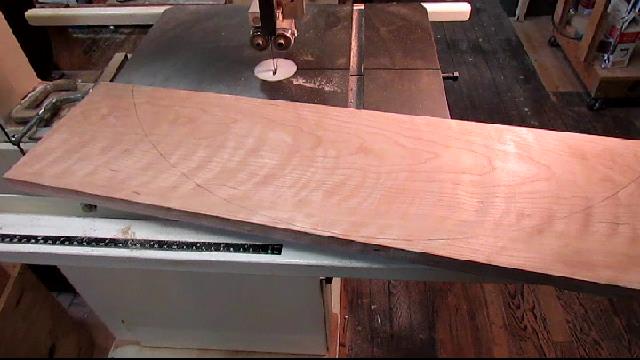One of my Youtube followers Ross Hastings made the comment after the last video, that he could not see how the drop leaves would work. He was correct and I did not see it.
I have been following the design and details of a table in the Met Museum and I assumed that it would work. Although, I did not see it when I was there. I am now convinced that the table leaves on the work that is in the museum would not drop to hang at 90 degrees to the top. At least what I can see from the photos.
I will start with putting on the hinges. I decided to put them 4 inches from the edge. I used the measurements from the practice hinges that I did earlier.
I marked them all out and then clamped the work pieces on the work bench so I could use my router plane. I used a bench chisel to set in the markings on the board so they acted as stops for the router plane.
Using the router plane makes nice flat bottomed mortises but it is slow since you can only take off a little at a time. It is still much better than chopping them out with a bench chisel. I am doing both the top and the drop leaf at the same time since they need to be the same depth.
Since it is cross grain planing I need to pick out some of the chips.
All done with the mortises, I tape the drop leaf where I want it, I leave a 1/32 inch gap to allow for expansion. Then I turn it over and mount the hinges.
I use a vix bit for self centering in the small screw holes in the hinges.
I put wax on the screws and used my screw gun to insert the screws. I have the torque setting on 1 which is the least. These are 5/8 inch brass screws.
Testing the drop leaf to see that it moves freely. I still don't notice that two leaves can not go down at the same time.
After I put on the second leaf, I put the top on the base and check to see how they move. Surprise!
They bump into each other. I should have seen that coming a long time ago.
At this point I go back to the original pictures and see if I missed something. I blew up the section where the drop leaf meets and it does not seem to be correct. Which means this top will not work correctly. Not sure whether this is the original or a replacement top and leaves. But I can not see it working as it is presented... Oh well live and learn.
I made a half of a drop leaf from poplar. Doug Moulder came over to the shop and assisted in figuring out that it is a 30 degree miter right and left. So this is how it will look.
The only other alternative is to make the top smaller and include the top in the circle. Doug Moulder researched it looking for alternative methods and came up with this.
You can see that the table top triangle is included in the circle and that about 1 1/2 inch is in the cut off, leaving enough room for the leaves to drop. This could be done with my top and drop leaves but it would be quite a bit smaller. I would also have to make the base smaller as well.
I decided not to do that but miter the corners as I have done in the test pieces.
So I mitered the corners and this is what I got.
Doesn't look bad to me. So now I am going to work on the support mechanism.
Here is today's video:


















































